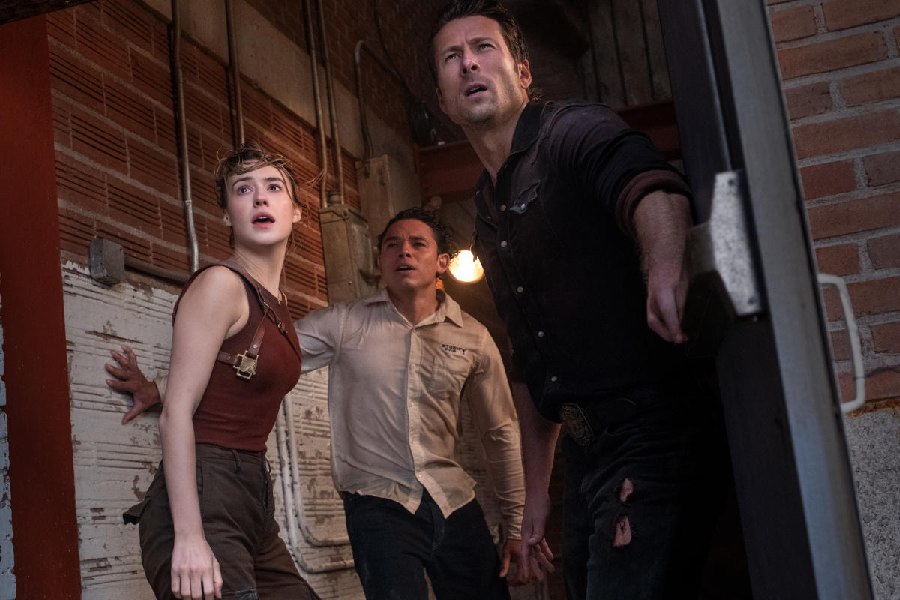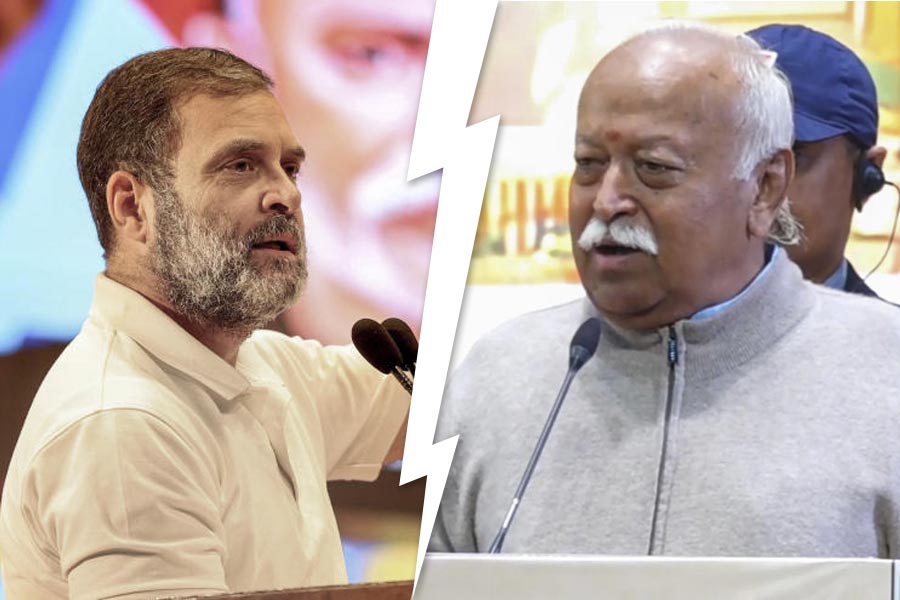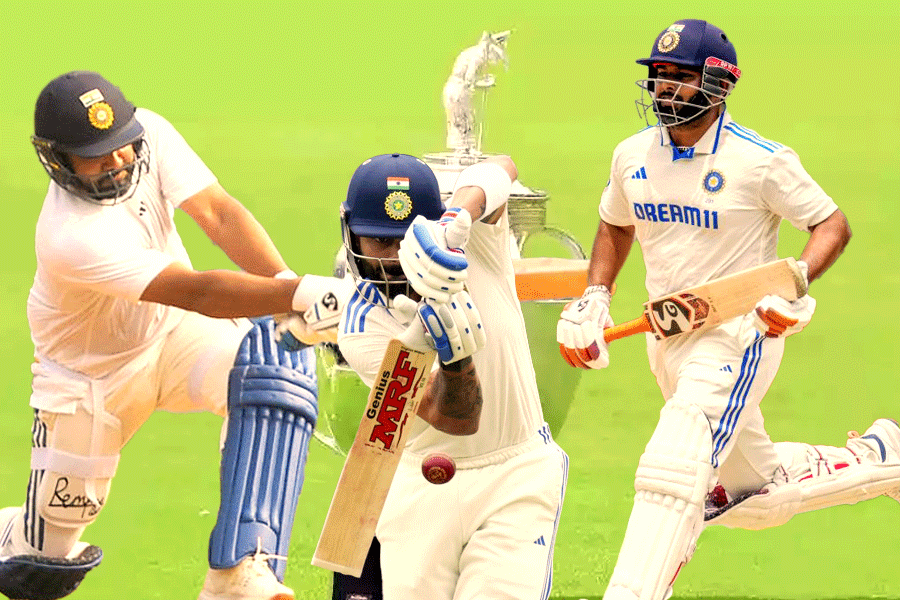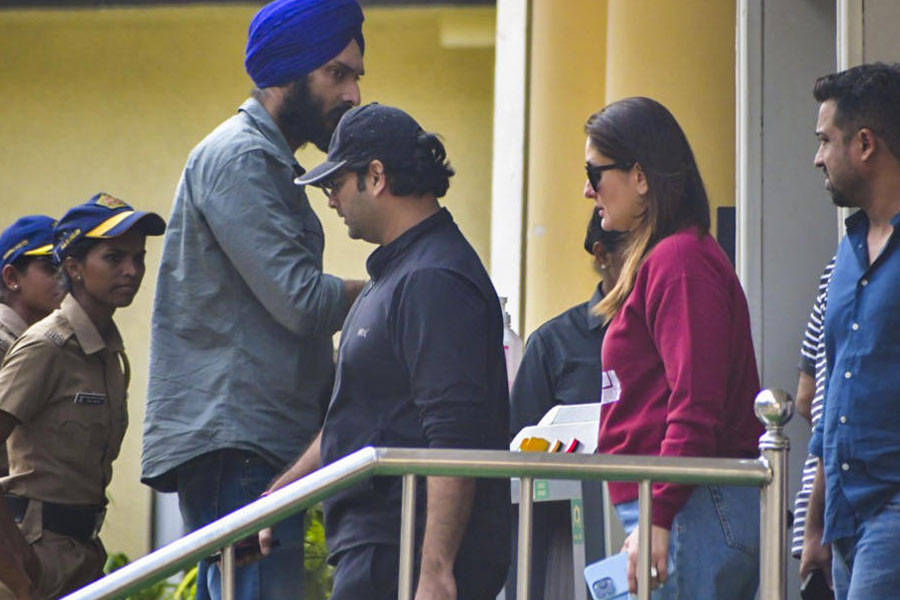Almost thirty years after Helen Hunt, Bill Paxton and the rest of the gang played a group of amateur but spirited storm chasers trying to deploy a tornado research device during a severe outbreak in Oklahoma in the 1996 blockbuster Twister, a standalone sequel is set to hit theatres on July 18.
Twisters has Kate Cooper (Daisy Edgar-Jones), already haunted by a devastating encounter with a tornado, lured back to the open plains by her friend Javi (Anthony Ramos) to test a groundbreaking new tracking system. She soon crosses paths with Tyler Owens (Glen Powell), a charming but reckless social-media superstar who thrives on posting his storm-chasing adventures. As storm season intensifies, Kate, Tyler and their competing teams find themselves in a fight for their lives as multiple systems converge over central Oklahoma.
Twisters has been directed by Lee Isaac Chung whose eclectic filmography includes the 2020 film Minari, which landed six nominations at the Academy Awards that year. Over a video call, The Telegraph chatted with Chung — whose first film Munyurangabo was an official selection at the 2007 Cannes Film Festival — on Twisters, what makes the disaster film genre perennially relevant and being influenced by Satyajit Ray.
For someone who watched Twister in the theatres in the ’90s, the idea of a new film set in the same universe and made close to three decades later, hits different. What were your reasons to want to be attached to Twisters?
It felt like a no-brainer to me, honestly. I was wanting to do an action film for quite a long time and I love the idea of a theatrical (film). All of that kind of combined together to become Twisters.
I was a big fan of the original movie (directed by Jan de Bont). So as soon as I heard that they are doing a new chapter to the story, I was immediately interested.
Apart from the thrill element, the film makes a powerful statement on the fallout of climate change. Isn’t it more relevant than ever now?
Absolutely! There was a research that came out recently aboutthe amount of property damage that we have been experiencing around the world over weather events. More people are being impacted by weather events than ever before. It is really a dire situation in that regard. Tornadoes are just a small part of that greater picture of what people are going through these days. In some way, I think this film does step into a space where we are talking about something that is quite global.
This must have been an incredibly difficult film to make...
Yes. We were shut down by weather... lightning delays, wind delays, tornadoes coming nearby. I had made a decision to go to Oklahoma to film Twisters. The compromise I made with the studio and the production team was that I would film this in fewer shooting days in order to be able to film it in Oklahoma.
Once we started having delays, it became an extra challenge that we had to overcome. But I am glad I decided to shoot in Oklahoma, on the ground and not in front of a blue screen. Those were the most rewarding aspects of this film.
I loved waking up before the sun rose, working outside the whole day and only coming back after sunset. That was some of the most magical stuff about this production... when we would be out there as the sun was setting and we would get incredible footage. All of us really felt the beauty of that.
Do you remember when you first watched the original and what was your impression of it back then?
I remember being surprised by it. When I started watching, I didn’t think that it would be an interesting movie. But then when the movie started and I saw people are actually running towards the tornadoes because they are trying to do scientific research, I was so excited! I watched it with my mom, dad and sister and we all really loved it.
What have you done to update it for today’s generation?
I made quite a lot of updates to the scientific research that happens within the film, because naturally that has progressed. The motivations of the characters when they are out chasing the storm are different as well.
I am also really invested in the story of Kate, played by Daisy Edgar-Jones. When we made Twisters, we were coming out of a time (the pandemic) when a lot of young people didn’t know how to handle fear and to talk about fear. Contemporary storytelling needs to explore this question of fear, trauma and how we move forward.
What do you think it is about the disaster film genre that works so well with audiences irrespective of age, era or demographic?
I have been watching some ’70s disaster movies lately. In fact, that is something that we have been doing as a team as we are mixing sound (for the film) right now. I noticed that those films are still so interesting to watch because disaster either tends to bring people together or tear them apart. So how do we bring people together and not let them tear apart so that we can find real solutions to things is a very important question we should be asking today. The question that everyone feels today on a very visceral level is that who are we as people in comparison to a bigger threat to us. Twisters, hopefully, comes in that long line of films that have really explored that question of community and heroism within the light of natural disasters.
Twisters is very different from your last film Minari, which was a semi-autobiographical account of your childhood and earned six Oscar nominations. Was it a conscious decision to plunge into something completely different?
I have always felt restless after I make a movie... I want to do something that is very different from what I have just done. But I also always like to retain one or two things from the films that I have done and what I absolutely love. And Minari, in many ways — I am not joking about this — is a ‘disaster movie’ for a family. It is a family drama in which a disaster brings a family together. In the end sequence of Minari, there is a giant fire. After that, I felt a desire and need to make a movie where there are a lot of big fires. And that ended up being Twisters.
But there is a very big difference in filming action versus filming a human drama. That is something that I very happily wanted to dig into with Twisters. The language of the film is very different. I have tried to make it immersive and more of an adrenaline-filled action adventure than Minari would ever have let me.
As a filmmaker, what were your biggest takeaways from making Twisters?
I firmly believe in the experience of watching a movie in a movie theatre. It is an experience that everybody loves participating in and my job as a filmmaker is to create as pleasing an experience as possible within that space of having a screen that is much bigger than us, with sound that is incredible and among people who you love. I am hoping that with the next one, I can work harder on creating a bigger theatrical experience.
Is there an Indian film that you have watched and liked?
The action film RRR I thought was really incredible. It was really mind-blowing! Then, there is Satyajit Ray. I have always been a huge fan of his. I know that is a very film-school answer (laughs) but he is really big for me! I have always been drawn to the way he tells stories about everyday people. In general, I think Indian cinema is incredible!
Which is your favourite disaster film? Tell t2@abp.in











